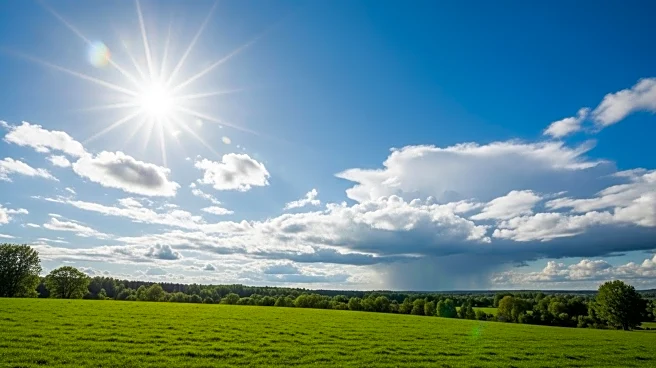What's Happening?
As fall activities like hay rides, corn mazes, and apple picking become popular, they may also trigger allergy symptoms for some individuals. These activities can stir up molds and weeds, releasing pollens that cause allergic reactions. With the change in season, many people experience increased sensitivity to allergens, leading to symptoms such as sneezing, itchy eyes, and congestion.
Why It's Important?
Understanding the link between seasonal activities and allergies is crucial for public health. It allows individuals to take preventive measures, such as using antihistamines or avoiding certain environments. For healthcare providers, this information aids in advising patients on managing symptoms effectively. Additionally, businesses involved in fall activities can benefit from awareness campaigns, ensuring a comfortable experience for visitors.
What's Next?
As the fall season progresses, allergy sufferers may need to adjust their routines and seek medical advice to manage symptoms. Public health campaigns could focus on educating the community about allergy triggers and prevention strategies. Businesses may also consider implementing measures to reduce allergen exposure, enhancing visitor satisfaction.
Beyond the Headlines
The prevalence of allergies during fall highlights broader environmental and health issues, such as air quality and climate change. It underscores the importance of research into allergen sources and the development of effective treatments. Culturally, it reflects the balance between enjoying seasonal traditions and maintaining health and well-being.











